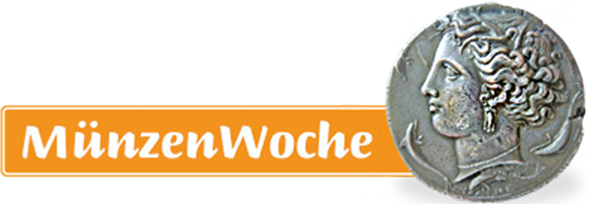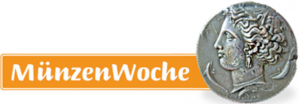Federal Reserve Bank of San Francisco
Wenn es kein Logo gibt, wird diese Spalte einfach leer gelassen. Das Bild oben bitte löschen.
(Dieser Text wird nicht dargestellt.)
101 Market Street
San Francisco
CA 94105
Tel: +1 (800) 227-4133
The Fed Center exhibition of the Federal Reserve Bank of San Francisco is conducted only by group tour made only by appointment. As the main branch of the Federal Reserve System’s 12th District, the „Fed Center: Exploring our Nation’s Central Bank,“ is a permanent installation designed to teach the public about the functions of the U.S. central bank through a series of guided hands-on and visually engaging experiences.
Currency Theatre and Museum
Visitors enter here for an introductory presentation, and to view the most extensive public collection of rare and valuable antique currency in the United States. This collection includes engraved notes by Benjamin Franklin and Paul Revere, along with the celebrated „Grand Watermelon Note“ of 1890, prized by collectors and is valued more than two million dollars in the collectors‘ market today.
Federal Reserve notes are the sole currency issued in the United States today. All U.S. currency issued since the first paper money was issued by the U.S. government in 1861 (except Military Payment Certificates) remains fully redeemable at face value. Federal Reserve notes were originally issued in denominations ranging from $5 to $10,000, although the The American Currency Exhibit’s Showcase of Banknotes. primary purpose of the $500-, $ 1,000-, $5,000-, and $10,000-notes was to facilitate bank transfer payments. The largest bank transfer note printed is the $100,000-note, which features a portrait of President Woodrow Wilson, who signed the Federal Reserve Act in 1913. This note was never circulated among the general public and is on view.
The Central Bank
Here visitors learn how the Fed controls the supply of banks‘ reserves to affect the supply of money and credit in the economy as well as short-term interest rates. Visitors view an animated video about reserve supplies and check out smaller, more personal reserves. More than 200 antique and contemporary piggy banks from across the United States are displayed.
The Payments System
At the glass-screen virtual waterfall, visitors see an approximation of the high-speed transactions that keep the economy moving. When visitors touch the glass, the waterfall of scrolling numbers opens to reveal various facts about the payments system. Also, visitors learn about the creation and lifecycle of currency, test their skills at counterfeit detection, and follow the path of a check as it passes from the checkbook to the recipient of funds.
The U.S. Economy
How does the Federal Reserve influence the nation’s financial system to promote a healthy economy? Setting monetary policy is one of the Fed’s most important and visible roles because its decisions have the potential to affect the nation’s economy. The goals of monetary policy are twofold: maximum sustainable employment and price stability. Visitors can affect the movement of the giant economy sphere to learn how the subtle influences of the Federal Reserve ensure that the economy runs smoothly. Nearby interactive computer games let visitors play the role of the FOMC Chairman by using interest rates to affect inflation.
This text was written by Howard M. Berlin and first published in his book Numismatourist in 2014.
You can order his numismatic guidebook at Amazon.
Howard M. Berlin has his own website.









